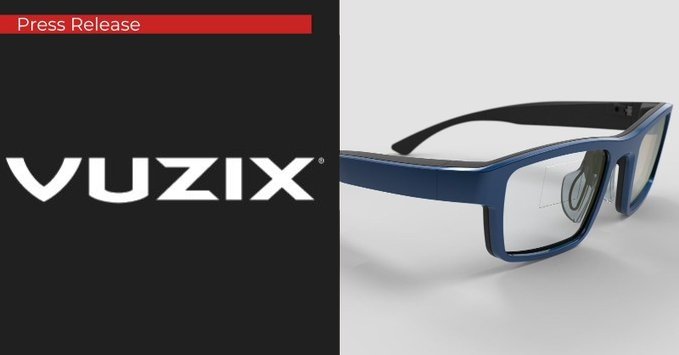January 22, 2025 – As technology advances, the limitations of traditional copper printed circuit boards (PCBs) are becoming increasingly apparent, particularly in handling the demands for higher speed, bandwidth, and signal integrity. Industry experts predict a significant shift towards incorporating optical interconnects and photonic integrated circuits in the next generation of PCBs to address these challenges.
The current trend in the PCB industry is driven by the need for smaller, lighter, more flexible, and higher-performance boards. This demand has been amplified by advancements in artificial intelligence (AI) and the resulting requirements for faster data rates, increased bandwidth, and reduced power consumption. Recent developments, such as NVIDIA’s Blackwell B200 GPU and high-speed networking technologies, highlight a growing bottleneck in the interconnects between ultra-high-speed devices.
Copper interconnects are restricted in their ability to transfer information at higher speeds and bandwidth without significant signal loss. Since signal transmission in PCBs primarily occurs through the dielectric materials, and not the copper traces themselves, improving the efficiency of these dielectric materials is crucial. However, limitations in the dielectric constant and material loss of even high-grade materials prevent substantial improvements in signal propagation speed.
To overcome these limitations, electro-optical PCBs (EOCBs) are emerging as a promising solution. EOCBs utilize light instead of electrical energy to transmit data, offering superior signal integrity, higher speeds, greater bandwidth, and potentially longer transmission distances compared to traditional copper circuits. This technology also reduces signal losses and crosstalk. Optical interfaces are also proving to be more energy-efficient than electrical interfaces at very high data transfer rates, requiring less electrical power.
Electro-optical PCBs integrate both optical and copper paths on the same board. Copper paths manage power distribution and low-speed data, while optical paths handle high-speed signals. This segregation addresses issues prevalent in copper systems at high frequencies such as skin effect, crosstalk, and skew. Optical systems eliminate these problems and offer greater channel density. Furthermore, optical systems simplify signal management, reduce power consumption by negating the need for signal conditioning and equalization and can potentially decrease PCB surface area by 20% and the number of layers in multilayer boards by up to 50%.
Flexible-optical PCBs are also gaining traction, employing transparent materials and advanced photolithography techniques to embed optical fibers or waveguides for light signal modulation and transmission within circuit pathways.
High-speed optical interconnects leverage lasers, fiber optics, waveguide technology, and polarization components for direct data transfer between interfaces, ensuring high bandwidth and reliable signal transmission. The core principle involves achieving three-dimensional optical routing at the board level, combining EOCBs with electro-optical transceivers.
Photonic integrated circuits (PICs) are at the forefront of this technological shift. These microchips integrate multiple photonic components to detect, generate, transport, and process light, enabling miniaturized and high-performance devices. PICs utilize advanced technologies like distributed Bragg reflectors, dielectric waveguides, vertical couplers, and electro-optic modulators to achieve unprecedented integration densities across various applications.
Onboard optical interconnects offer the capability to manage extremely high data rates and provide a greater number of data channels than electrical interconnections. Crucially, optical signal transmission is immune to electromagnetic interference (EMI), making it ideal for mixed-signal systems where high accuracy analog electronics are required.
Manufacturing optical PCBs requires ensuring compatibility of fabrication steps and material properties with existing PCB industry processes. Constructing EOCBs involves laminating low-cost glass sheets with conventional materials like FR-4, allowing for integration with standard PCB processing while demanding high-precision assembly. Waveguides, essential for optical signal transmission within EOCBs, are fabricated in the glass layer, akin to printing circuits on a PCB, utilizing techniques such as ion exchange.
As data usage and sharing for AI applications continue to surge, the industry anticipates that optical conductors will increasingly complement and eventually surpass electrical routing in PCB design, marking a significant evolution in electronics manufacturing. Industry standards and further advancements in integration techniques are currently under development to facilitate the widespread adoption of electro-optical PCB technology.
Source link





